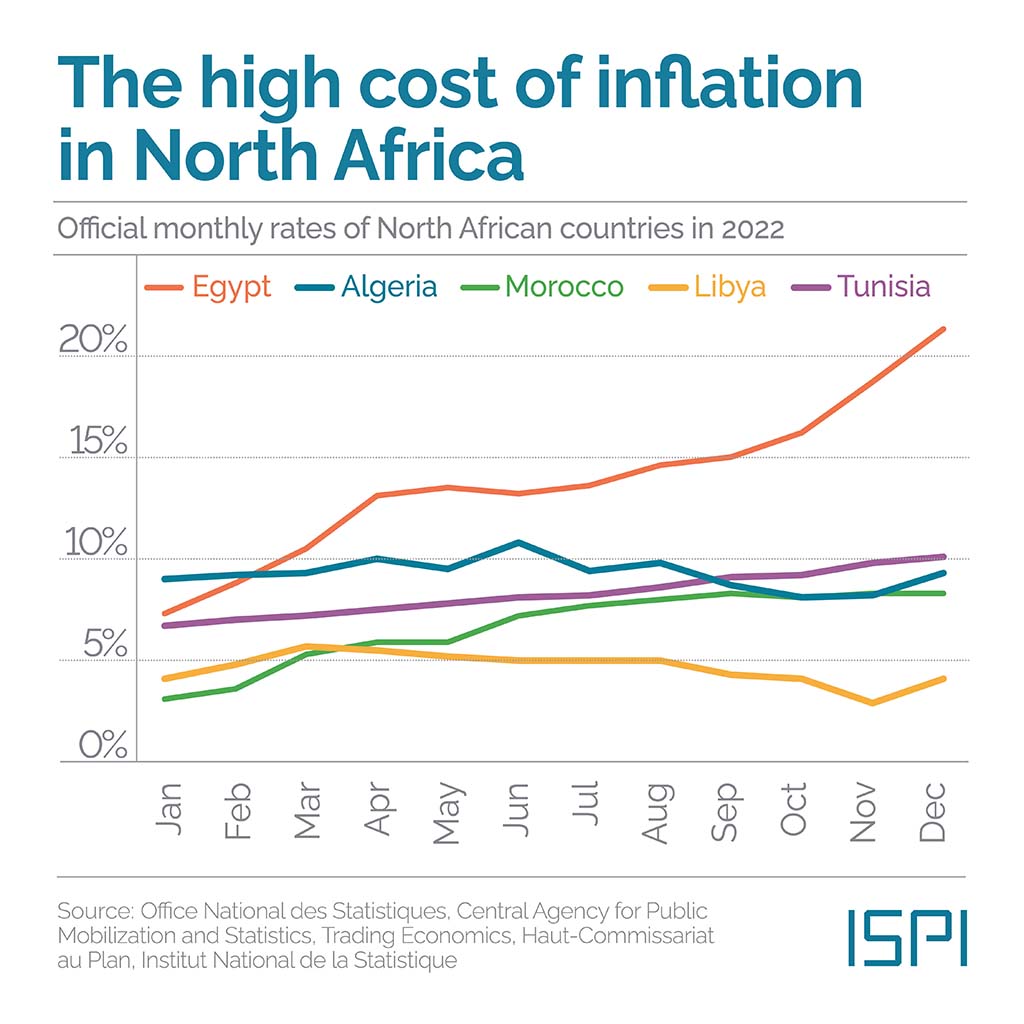Report on Community Initiatives Addressing Senior Social Isolation in Allegheny County
Introduction
A multi-organizational effort in Allegheny County is actively addressing the critical issue of social isolation among older adults. This initiative, spearheaded by local health networks and government agencies, directly contributes to several United Nations Sustainable Development Goals (SDGs) by fostering community engagement and improving the well-being of a vulnerable population. This report outlines the program’s structure, activities, and significant alignment with global development objectives.
Program Analysis and SDG Alignment
Collaborative Framework: An Embodiment of SDG 17
The success of this initiative is rooted in a multi-stakeholder partnership, a core principle of SDG 17: Partnerships for the Goals. The collaboration involves:
- Highmark Health and Allegheny Health Network (AHN)
- Allegheny County Area Agency on Aging
- Allegheny County Department of Human Services
- LifeSpan Mon Valley Senior Center
This partnership model leverages corporate, governmental, and community resources to achieve a common social objective effectively.
Core Objective: Advancing SDG 3 – Good Health and Well-being
The program’s primary goal is to combat social isolation, which is identified as a significant public health concern. According to Kannu Sahni, Vice President of Community Affairs with Highmark Health and AHN, “social isolation is the leading cause of mental health issues amongst our seniors.” By directly addressing this, the initiative makes a substantial contribution to SDG 3: Good Health and Well-being, which aims to ensure healthy lives and promote well-being for all at all ages.
Program activities designed to meet this goal include:
- Community Gatherings: Events such as the “Christmas in July” gathering provide seniors with opportunities for communal meals and social interaction, breaking cycles of isolation.
- The Senior Companion Program: This volunteer-led program provides direct, in-home support to older adults, fostering friendships and providing essential human connection.
Promoting Inclusion and Reducing Disparities: A Focus on SDG 10
The Senior Companion Program specifically targets a vulnerable demographic, thereby advancing SDG 10: Reduced Inequalities. By focusing on older adults who may be isolated due to age or mobility, the program promotes their social inclusion and ensures they are not left behind. Dr. Shannah Gilliam, Director of Aging Services, noted that over 350 older adults have been paired with companions who provide friendship and support, directly mitigating the inequalities faced by this group.
Building Sustainable and Inclusive Communities: Contribution to SDG 11
This initiative strengthens the social fabric of the community, which is a key component of SDG 11: Sustainable Cities and Communities. By fostering a culture of volunteerism and mutual support, the program helps create a more inclusive, resilient, and age-friendly community. The actions of volunteers, such as Michele Petit-Hammond, who find purpose in showing seniors “that they are not alone,” exemplify the grassroots community-building that underpins this goal.
Conclusion and Program Information
The collaborative effort in Allegheny County serves as a powerful model for how local action can translate into meaningful progress on global goals. By addressing senior social isolation, the program simultaneously advances health and well-being (SDG 3), reduces age-based inequalities (SDG 10), strengthens community bonds (SDG 11), and exemplifies effective collaboration (SDG 17).
Program Contact Information
Individuals interested in participating as a volunteer or recipient can contact SeniorLine for more information:
- Phone: (412) 350-5460
- Email: SeniorLine@AlleghenyCounty.US
1. Which SDGs are addressed or connected to the issues highlighted in the article?
-
SDG 3: Good Health and Well-being
- The article directly addresses this goal by focusing on the mental health of senior citizens. It states that “social isolation is the leading cause of mental health issues amongst our seniors,” and describes programs designed to combat this, thereby promoting well-being.
-
SDG 17: Partnerships for the Goals
- The initiative described is a collaborative effort. The article mentions that Highmark Health, Allegheny Health Network (AHN), and the Allegheny County Area Agency on Aging are partnering to address the problem of social isolation. This highlights the importance of partnerships between public, private, and community organizations to achieve social objectives.
2. What specific targets under those SDGs can be identified based on the article’s content?
-
SDG 3, Target 3.4
“By 2030, reduce by one third premature mortality from non-communicable diseases through prevention and treatment and promote mental health and well-being.”
The article’s core focus is on promoting mental health and well-being among older adults. The Senior Companion Program and community events are preventative measures designed to combat social isolation, which is identified as “the leading cause of mental health issues amongst our seniors.” By addressing the root cause of these mental health challenges, the program directly contributes to this target.
-
SDG 17, Target 17.17
“Encourage and promote effective public, public-private and civil society partnerships, building on the experience and resourcing strategies of partnerships.”
The article provides a clear example of such a partnership in action. It details how “Highmark Health and Allegheny Health Network” (private sector) are sponsoring gatherings and partnering with the “Allegheny County Area Agency on Aging” (public sector/government agency) to spearhead the “volunteer Senior Companion Program” (civil society involvement). This collaboration leverages the resources and expertise of different sectors to tackle a complex social issue effectively.
3. Are there any indicators mentioned or implied in the article that can be used to measure progress towards the identified targets?
-
Indicator for Target 3.4 (Implied)
Number of older adults participating in programs designed to combat social isolation.
While the article doesn’t mention a formal SDG indicator, it provides a specific metric that can be used to measure the reach and progress of the initiative. Dr. Shannah Gilliam states, “There are over 350 older adults who have been paired with Senior Companions.” This number serves as a direct, quantifiable indicator of how many individuals are being reached by the program aimed at improving mental well-being.
-
Indicator for Target 17.17 (Mentioned)
The existence and nature of the multi-stakeholder partnership.
The article explicitly identifies the partners involved: Highmark Health, Allegheny Health Network, and the Allegheny County Area Agency on Aging. The description of their joint efforts on events and the Senior Companion Program serves as qualitative evidence of an effective public-private-civil society partnership. The indicator is the formation and operation of this partnership to achieve a common goal.
4. SDGs, Targets, and Indicators Table
| SDGs | Targets | Indicators |
|---|---|---|
| SDG 3: Good Health and Well-being | Target 3.4: Promote mental health and well-being. | Implied Indicator: Number of older adults paired with Senior Companions (mentioned as “over 350”). |
| SDG 17: Partnerships for the Goals | Target 17.17: Encourage and promote effective public, public-private and civil society partnerships. | Mentioned Indicator: The functioning partnership between Highmark Health, Allegheny Health Network, and the Allegheny County Area Agency on Aging. |
Source: cbsnews.com







